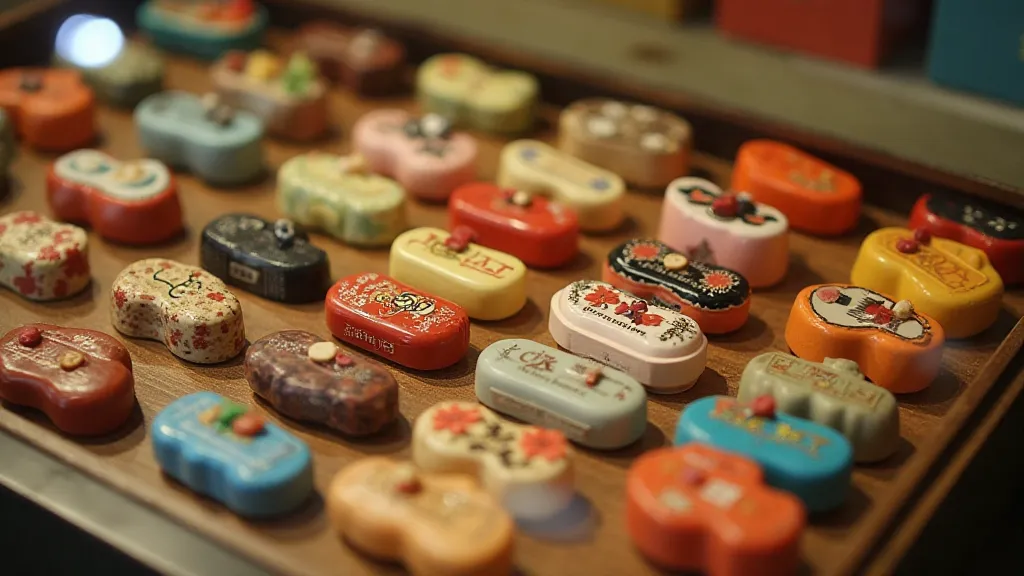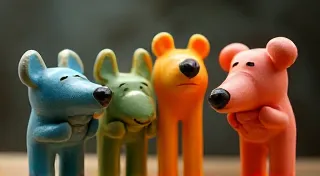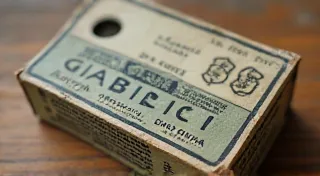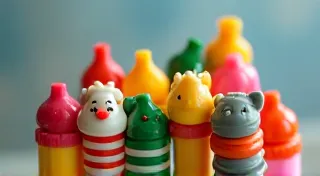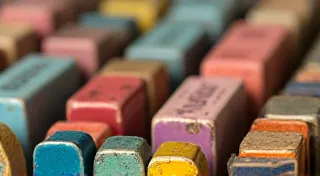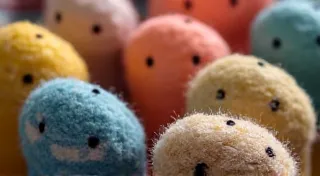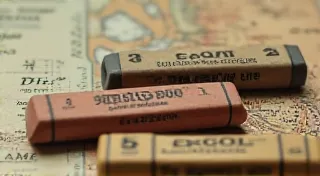Japanese Vintage Erasers: Unique Designs and Manufacturing Techniques
The world of collectible stationery is vast and varied, but few categories possess the charm and idiosyncratic beauty of Japanese vintage pencil erasers. While erasers might seem like a mundane object, Japanese manufacturers from the mid-20th century onwards transformed them into miniature works of art, employing innovative materials, intricate designs, and clever manufacturing techniques. This article delves into the allure of these treasures, exploring their design elements, production methods, and enduring appeal for collectors worldwide.
A History of Innovation: Post-War Japanese Eraser Manufacturing
Following World War II, Japan experienced a period of significant economic recovery and technological advancement. This period saw a flourishing of creativity across many industries, and the stationery sector was no exception. While erasers existed before, the post-war era marked a shift from simple, functional blocks of rubber to intricately designed and often whimsical objects. Competition among manufacturers spurred innovation, leading to a rapid succession of new materials, shapes, and characters.
The rise of plastic manufacturing played a crucial role. Early erasers were primarily made from natural rubber, but the availability of synthetic rubbers and vinyl allowed for a wider range of colors, textures, and moldable forms. This opened the door to the iconic "cake eraser" and other uniquely shaped erasers that define the vintage Japanese eraser aesthetic.
Design Elements: Beyond Functionality
What truly sets Japanese vintage erasers apart is their commitment to design. They weren't just tools for correcting mistakes; they were designed to be visually appealing and often collectible in their own right. Here are some key design elements you’s often find:
- Characters and Licensed Properties: A dominant feature of many vintage Japanese erasers is the prevalence of popular cartoon characters, manga heroes, and iconic figures. Companies frequently secured licenses for popular figures, creating a frenzy of collectibility. Think of Hello Kitty, Astro Boy, and numerous others!
- Cake Erasers: Perhaps the most recognizable type of Japanese vintage eraser, cake erasers are layered stacks of colorful rubber or vinyl, often stacked to resemble a miniature cake. These come in countless variations, from simple rainbow layers to intricate scenes and characters.
- Animal Themes: Animals, both real and mythical, were extremely popular. You’s find adorable puppies, playful kittens, majestic lions, and fantastical creatures like dragons and unicorns, all represented in eraser form.
- Floral and Nature Motifs: Delicate floral designs, landscapes, and scenes from nature are also common, showcasing a focus on beauty and tranquility.
- Shima (Stripes) Erasers: These erasers, with their distinctive striped patterns, were a very popular design. The stripes were created by layering different colored rubber or vinyl.
The color palettes used were also distinctive. While bright, primary colors were common, manufacturers also experimented with pastels, metallics, and iridescent finishes, adding to the visual appeal and collectibility.
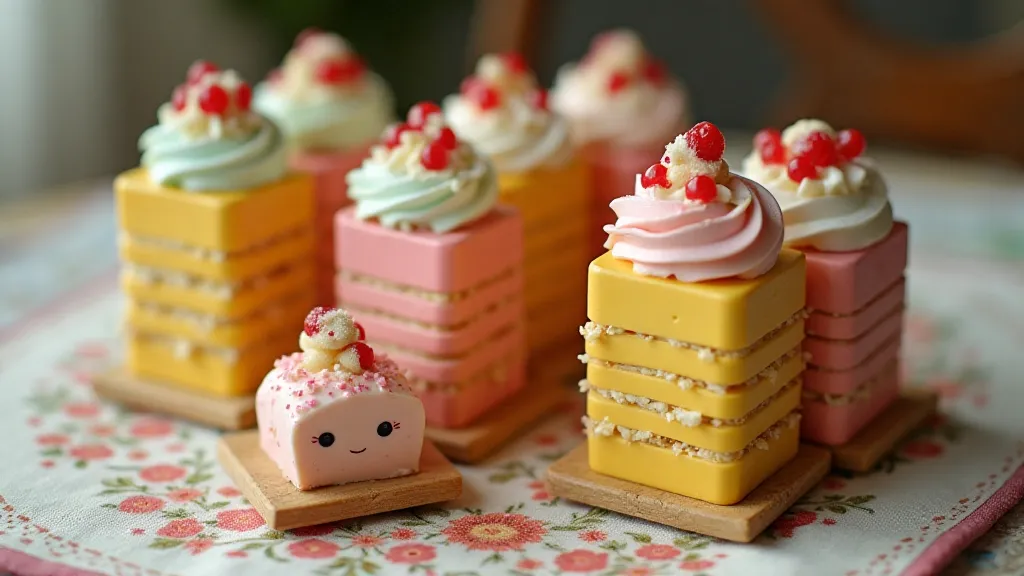
Manufacturing Techniques: From Molding to Layering
The manufacturing processes used to create these erasers were often ingenious, given the available technology. Here’s a glimpse into some of the common techniques:
- Injection Molding: This was a primary method for creating solid, three-dimensional erasers. Molten rubber or vinyl was injected into molds, allowing for intricate shapes and details.
- Layering: The cake eraser construction involved layering sheets of colored rubber or vinyl, gluing them together, and then slicing the assembled block into individual erasers. This process required precision and consistency.
- Compression Molding: Involves pressing rubber or vinyl between heated plates, forcing it to conform to the shape of the mold.
- Embossing: Often used to add texture and details to the eraser surface, like fur on an animal eraser or petals on a floral design.
- Printing: While some erasers were simply colored throughout, others featured printed details, adding another layer of visual interest.
The scale of production varied widely. Some manufacturers produced erasers in massive quantities, while others focused on smaller, more specialized runs, contributing to the rarity and collectibility of certain designs.
Popular Brands & Eraser Types
Several manufacturers became renowned for their distinctive eraser designs and quality. Some notable names include:
- Mars: Perhaps the most iconic and sought-after brand, Mars produced many of the classic cake erasers and is known for their quality and detailed designs.
- Sakura: Another prominent brand, Sakura offered a wide range of erasers, from simple rubber blocks to elaborate character erasers.
- Tombo: Known for their unique designs and often incorporating whimsical elements.
- Koh-I-Noor: A well-known brand producing a wide variety of stationery.
Within the broader category of vintage Japanese erasers, certain types are particularly prized by collectors:
- Monji Erasers (Smiley Erasers): These erasers featuring a smiling face.
- Animal Erasers (Neko, Inu, etc.): Especially those with elaborate details.
- Character Erasers (Hello Kitty, Astro Boy, etc.): Driven by licensing and nostalgia.
- Shima Erasers: Particularly those with unusual color combinations.
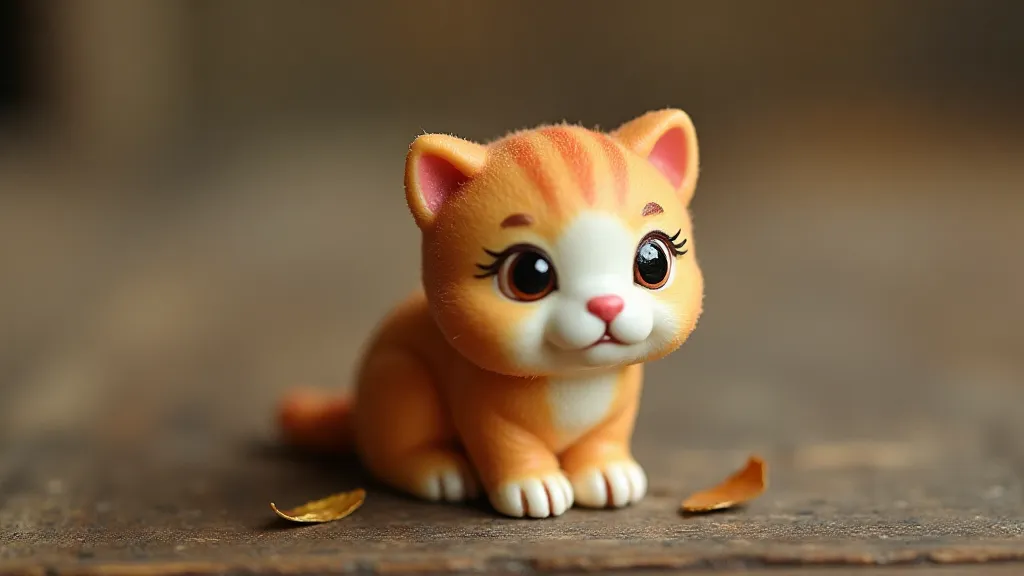
Collecting and Value
The collecting of vintage Japanese pencil erasers has grown steadily in popularity. The value of an eraser depends on several factors:
- Rarity: Limited production runs and unusual designs command higher prices.
- Condition: Erasers in excellent condition, with minimal wear, are more valuable.
- Brand: Mars erasers generally fetch higher prices due to their reputation for quality and desirability.
- Character Licensing: Erasers featuring popular and licensed characters are often more sought after.
- Completeness: For cake erasers, having all the layers intact increases value.
While some common erasers might be found for a few dollars, rare and highly desirable pieces can sell for hundreds of dollars. Joining online communities and attending stationery conventions can provide valuable insights into the market and help connect collectors with unique finds.
Preserving a Piece of History
Vintage Japanese pencil erasers are more than just novelty items; they’s tangible reminders of a specific time and place—a testament to Japanese ingenuity, design flair, and the enduring power of collectible stationery. By collecting and preserving these charming objects, we’s keeping a unique piece of cultural history alive for future generations.
